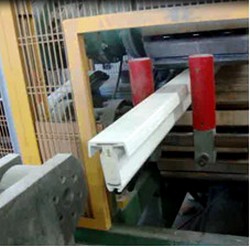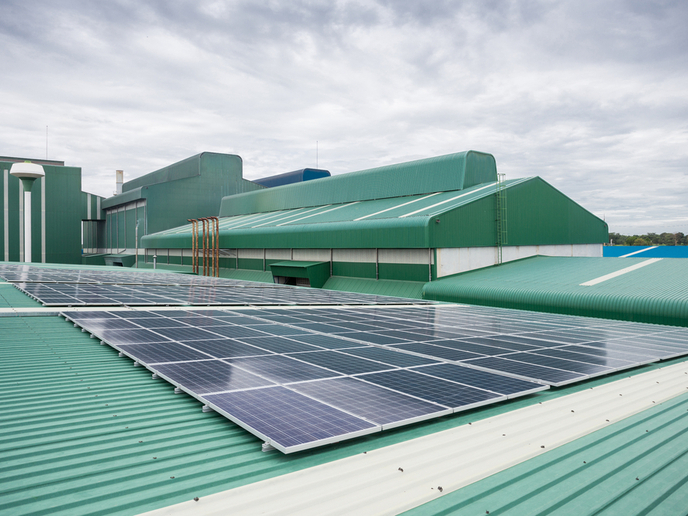Improved insulation for window frames
Around 30-50 % of heat loss from a typical building occurs through the windows. Although conventional modern windows are reasonably heat efficient, the loss of heat through windows is still greater than from walls and roofs. The thermal efficiency of a window depends on the properties of both the pane of glass and the frame. Although significant advancements have been made in glazing performance, there is still room for improvements with regard to the frame, through which 30 % of heat loss takes place. The best performing frames are made from the plastic polyvinyl chloride (PVC), but further development is needed regarding the use of thermal insulating materials and their processing. Thus, the THINFRAME(opens in new window) (High thermal insulating window frames for energy efficient buildings) project developed a PVC plastic frame filled with newly formulated thermal insulating material. Foam formulation was prepared from a mixture of polystyrene (PS) and polyethylene (PE), and filled with a phase-change material (PCM) to increase the frame's energy efficiency. The new foam complies with European standards for the building sector. Researchers studied the energy efficiency of window frames to determine the most suitable concentration of foam components. Mathematical models were developed to calculate the thermal performance of window frames containing foams and PCMs and their impact on the thermal efficiency of buildings. The project also worked to develop a processing method for the production of foam-filled PVC frames. This was achieved through co-extrusion of the internal foam core (PS/PE/PCM) to increase the frames' energy efficiency. This required careful design of the die and adjustment of the co-extrusion system. Around 80 % of all buildings were built before the 1990s when most EU members had no energy performance-based requirements in their building codes. Therefore, the market for energy-efficient window frames is expected to grow significantly due to the increasing number of renovations undertaken to reduce heating and cooling energy costs and to comply with regulations. Watch the project’s video(opens in new window) here.







